Checklist for gardening work in autumn |
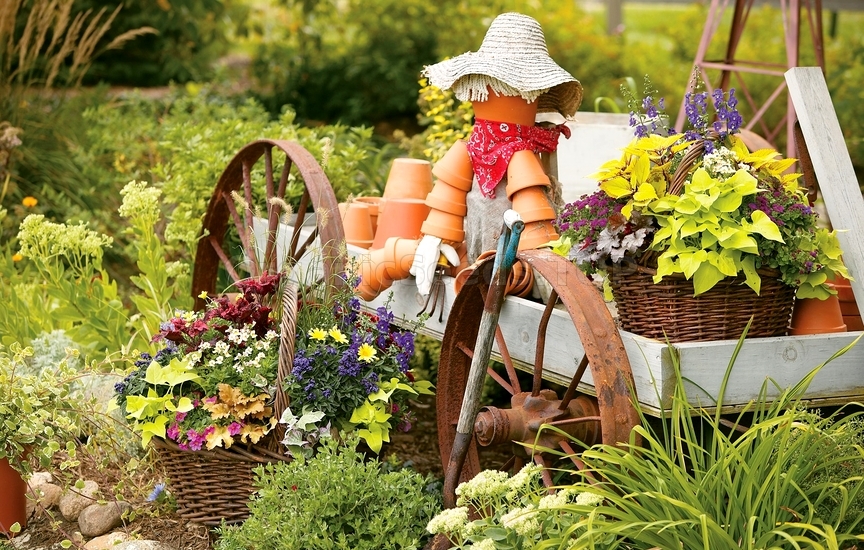 Autumn is upon us and the evenings are gradually drawing in and becoming colder. Winter is fast approaching. So what can garden owners look forward to in the autumn? Preparing for winter of course! Planting and transplanting work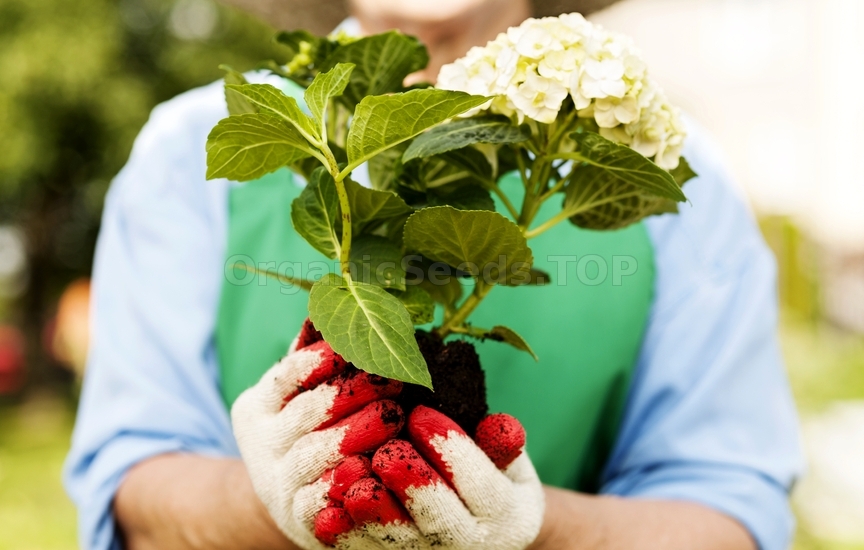 Autumn is a really good time for transplanting work because the soil has sufficient moisture thanks to regular rain showers. The ground is still warm from the summer and autumn therefore the plants still have enough time to get used to their new position and form new roots. New plants can also be planted in the autumn with a clear conscience. This is the last chance before the winter to bring a bit of colour into the garden. Roses, should be planted ideally in Autumn, before the first ground frost. Planting bulbs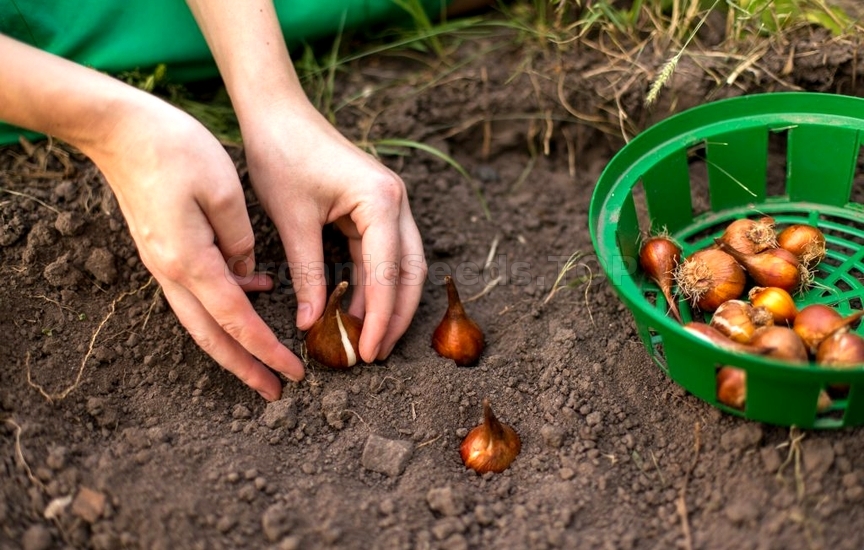 Bulbs can also be planted in autumn so that their flowers germinate from the soil at the right time in spring to delight you with their blaze of colour. The right position is crucial for the heralders of spring to thrive and flower. Most like fresh, moist soil in spring, but in summer, during their dormant period, the soil can be dry and porous. Bulbs should be planted in the ground at a depth of two to three times their height. You then place the bulbs in the ground with their tip facing upwards, cover them with the soil from the planter, and press down. Cutting herbaceous perennials, bushes and shrubs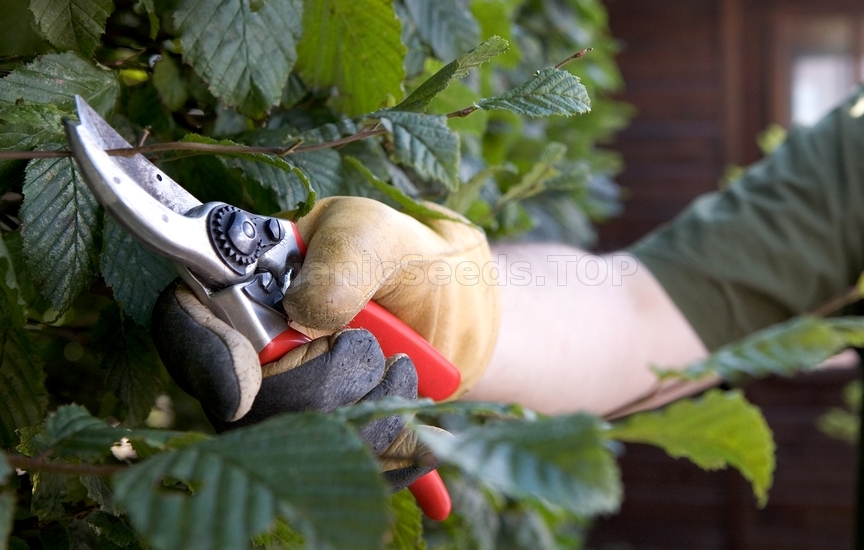 When shrubs go yellow, their stems bend towards the ground or they start to go to seed, it is time to cut them down. This is because the plants are now drawing their sap back to their roots. If they are not cut down, they may decay. Bushes and shrubs can be cut to approximately a quarter of their size. This can, however, vary according to the type of bush or shrub. You can usually find more information on plant labels or from your local garden centre. Cutting hedges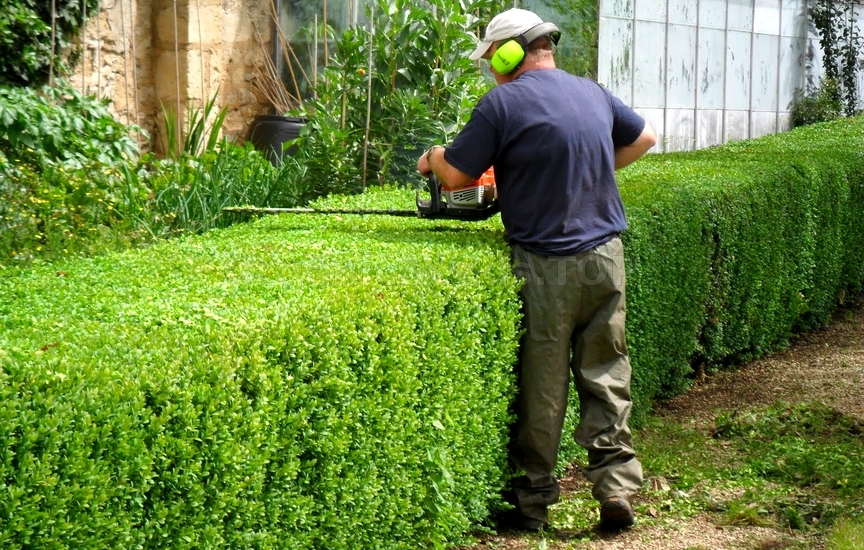 Hedges should be pruned for the last time in autumn to prevent decaying if damp accumulates. Only cut deciduous hedges back as far as you can without creating any holes as these will not grow back over the winter and the hedge could look bare. Any tree leaves lying on the hedge should also be removed otherwise the hedge will not get enough fresh air and sun and could rot. Lawns In winter, the wet, low temperatures and weak sunshine effect the lawn. That's why lawns need some TLC and 'pampering' again before the cold spell begins. When the leaves fall in autumn, they should be cleared from the lawn on a regular basis. Leaves left lying on the lawn will deprive it of light and encourage the formation of dry, brown patches and the growth of moss. Mow your lawn for the last time around the beginning of November. Make sure that the grass is not cut shorter than 5 cm as longer grass can make better use of less sunlight. This will ensure better resistance against weeds and moss. Using an autumn fertiliser is also recommended. Autumn fertilisers usually have a low nitrogen content and a high level of potassium. The increased amount of potassium strengthens the grass and increases its resistance to frost. Traditional lawn fertilisers should not be used in autumn since they contain a high amount of nitrogen and make the lawn grow faster, which in turn makes it more susceptible to frost. 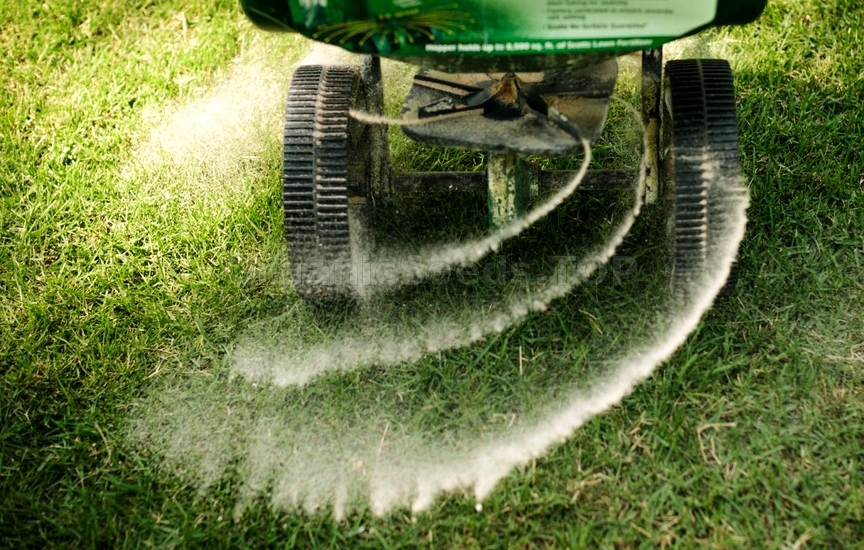 Naturally, there are other small jobs which also need to be done before the first frost:
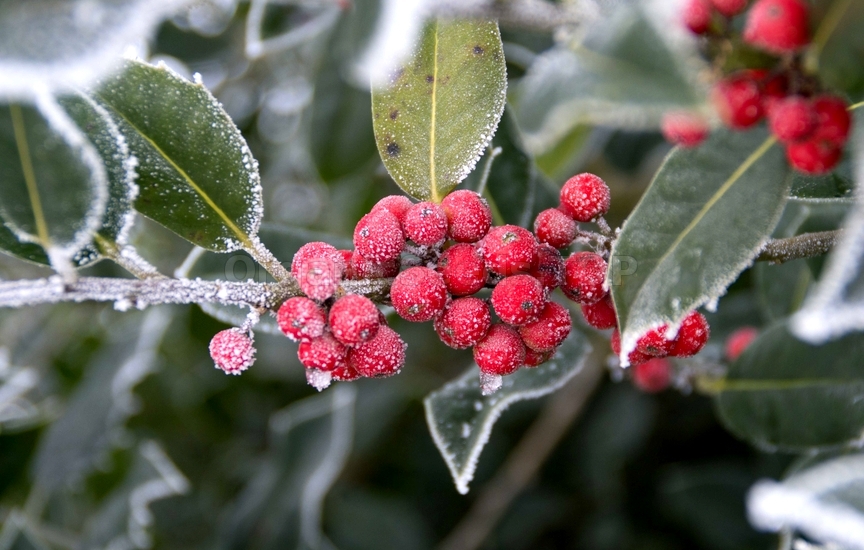 When winter comes, gardeners can enjoy a relaxing break from gardening. But watch out: It won't be long before it's time to get started again! You may need:TOOLS & SUPPLIES FOR GARDEN |
|
|
